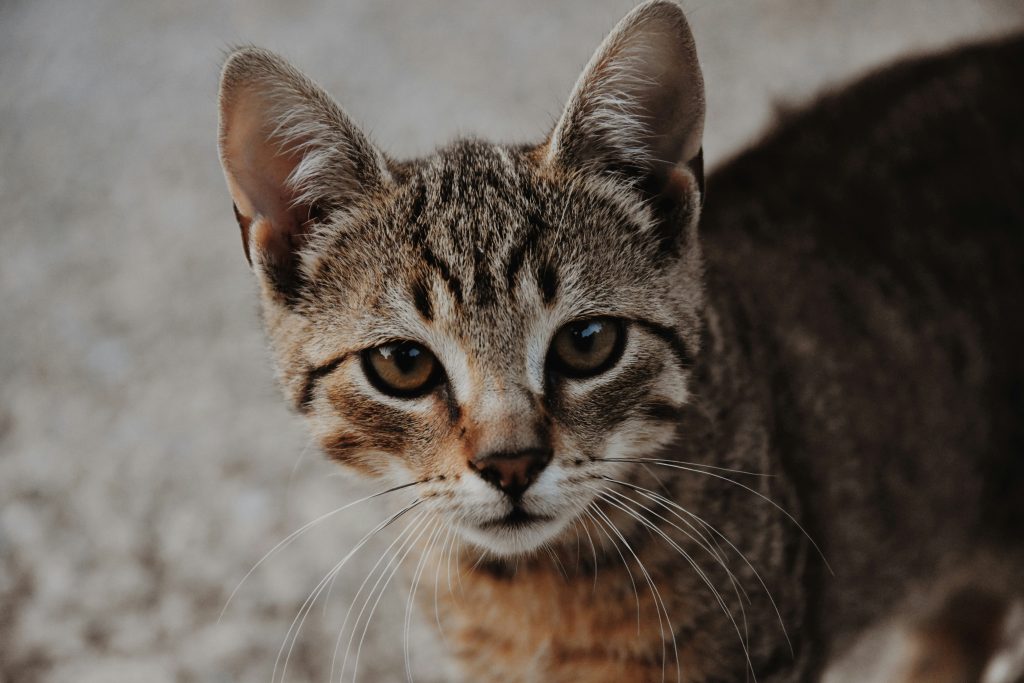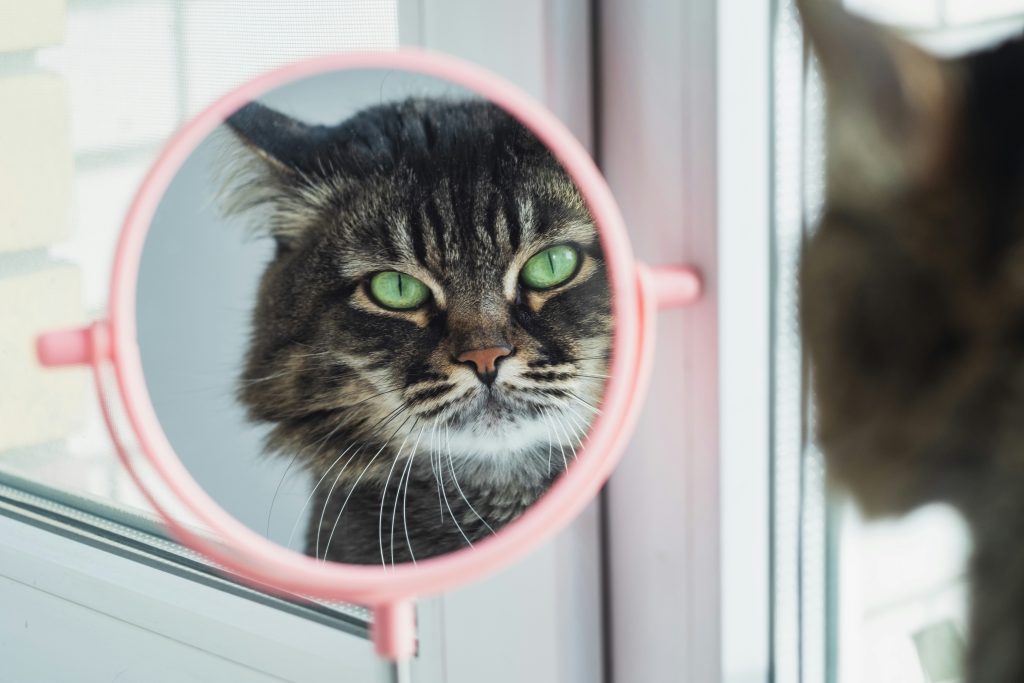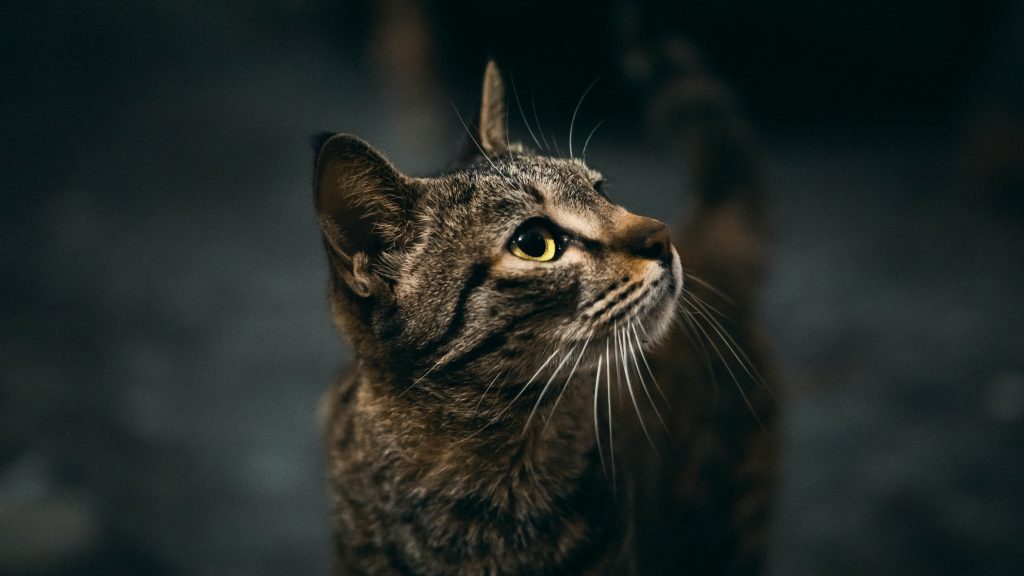Table of Contents
Winning a cat’s trust is akin to nurturing a friendship; it requires understanding, patience, and a gentle approach. Begin by recognizing the signs your cat is gradually accepting you—these milestones are heartwarming indicators of progress. When a cat trusts, it’s a special bond that forms over time, bringing immeasurable joy to both the pet and the owner. But grappling with stress and anxiety can be a stumbling block in this journey of trust-building.
Keep reading to uncover the secrets to a cat’s heart and learn how to create a serene haven for your companion, brimming with trust and affection. Don’t miss the chance to transform your interactions with your cat—continue to explore this comprehensive guide.
Laying the Foundation for Trust
Establishing trust with a cat starts with patience and respect for its nature. The first pivotal step is recognizing when a cat needs space and addressing its stress and anxiety. As a cat trusts at its own pace, it’s essential to observe and heed the signs your cat displays, signaling its readiness for interaction or its preference for solitude.
Understand and Respect a Cat’s Space
Respecting a cat’s personal space lays the groundwork for a trusting relationship. Cats value their independence and territory, so it’s crucial to allow them the freedom to approach you on their terms. By doing so, you encourage a sense of security and foster the trust-building process.
Learn Cat Body Language to Anticipate Their Need for Space
Deciphering a cat’s body language is essential in gauging when a cat needs space. The flick of a tail, the position of ears, and the dilation of pupils are all cues that communicate a cat’s comfort level. Attention to these signals allows you to respond appropriately, avoid overstepping boundaries, and strengthen the bond with your cat.
Understanding these nonverbal cues prevents stress and builds a foundation for mutual respect. As you become more attuned to your cat’s body language, your cat will begin to trust you more, creating a harmonious environment for both of you.
Establishing a Feeding Routine
A consistent feeding routine helps a cat feel safe and can significantly assist a new feline in settling into their new home. Regular meal times provide structure and signal stability, which is essential for cats to develop trust in their human companions.
Become the Hand that Feeds: Transition Away From Free Feeding
Transitioning away from free feeding to scheduled meals can significantly enhance the trust between you and your cat. This change helps regulate their diet and establishes them as a reliable source of sustenance, reinforcing your role as their caregiver. Your cat will associate you with comfort and security as you consistently meet their needs.
Feeding time is also an ideal opportunity to bond with your cat. Being present and engaging during meals creates positive associations and further solidifies your relationship. As trust grows, you may notice your cat looking forward to these moments, ready to share their day.
Consistency and Routine Are Key
Consistency is the cornerstone of a cat’s feeling secure and comfortable in its environment. Daily routines provide a predictable structure that can significantly reduce a cat’s anxiety and foster a sense of trust in its human companions. By maintaining a stable schedule, you reassure your cat that it is in a safe and nurturing home.
Regular Meals and Play Times Build Confidence
Regular meals and playtimes are not just about nourishment and fun; they are critical moments that build a cat’s confidence in their environment. When a cat responds positively to a feather wand or chases a laser pointer, it shows their growing trust in you. Such interactive toys, including mice or other catnip toys, can stimulate your cat’s instincts and encourage them to interact with your cat in a playful and bonding manner.
These scheduled activities are opportunities to understand your cat’s preferences and quirks, tailoring your interactions to their liking. As you learn which toys they can’t resist, whether a feather wand or a laser pointer, you’ll find these shared experiences invaluable in reinforcing the bond between you both.

Building a Bond Through Interaction
Interactions with your cat should be gentle and respectful, recognizing their individuality and preferences. Whether through a feather wand, a laser pointer, or simply sitting quietly together, each moment of connection is a step toward a deeper bond.
The Power of Play in Building Trust
Play is a powerful tool in building trust with your cat. It mimics the social bonding that occurs naturally among felines and helps alleviate stress. Playing with feather wands, laser pointers, mice, or other catnip toys can encourage your cat to interact with you, creating a foundation of trust and companionship.
Engage in Frequent Play Sessions to Mimic Social Bonding
Frequent play sessions are essential for mimicking the social bonds cats form in the wild. Engaging your cat with their favorite toys, such as a feather wand or a laser pointer, stimulates their natural hunting instincts and provides an outlet for their energy. When your cat responds eagerly to play, trust is established.
These playful interactions are also an opportunity to reinforce positive behaviors and strengthen your relationship. As you spend this quality time together, your cat learns to associate you with the joy and excitement of play, deepening your trust.
Positive Reinforcement and Its Role in Trust
Positive reinforcement is a cornerstone in building trust with your cat. Rewarding good behavior with treats or a soothing voice encourages your cat to continue those behaviors, reinforcing the confidence in your relationship without punishment.
Reinforce Good Behavior Without Resorting to Punishment
Encouraging good behavior with positive reinforcement is far more effective than punishment when building trust with a cat. When your cat uses the scratching post or comes when called, a soothing voice and gentle praise reinforce the behavior you want to see. This approach fosters a safe and positive environment where trust can thrive.
Remember, cats are sensitive creatures, and harsh reprimands can harm the trust you’ve worked to build. Instead, focus on rewarding the behaviors you want to encourage, and over time, you’ll notice a stronger bond forming as your cat feels secure in your care.
Communication on Their Terms
Communicating with a cat on their terms is essential for building a trusting relationship. Observe and respond to your cat’s cues, ensuring they feel understood and respected. This approach allows you to connect with your cat meaningfully, fostering a trusting and lasting bond.
Master the Slow Blink and Soft Voice to Convey Friendliness
Mastering the art of the slow blink and using a soft voice are powerful ways to communicate friendliness to your cat. These subtle signals tell your cat that it feels safe and can trust you. A slow blink is a cat’s way of saying “I trust you” without words, and when you return the gesture, it deepens the bond between you.
Similarly, a soft voice can calm a cat, making them feel more at ease in your presence. By consistently using these gentle communication methods, you create a comforting atmosphere where your cat feels understood and valued, laying the foundation for a trusting relationship.

Creating a Comforting Environment
A stable environment is crucial for a cat’s feeling of security. When a cat eats, it should feel safe from threats, so keeping its feeding area consistent and quiet is essential. A comforting environment helps reduce stress and promote safety, which is crucial for fostering trust between you and your feline companion.
Provide a Safe Haven for Your Feline Friend
Creating a sanctuary where a cat hides can be a game-changer in building trust. Cats often seek solitude when they’re stressed or need to recharge, so providing spaces like cat trees to retreat to higher ground can give them the security they crave.
Offer a Cozy and Secure Space for Alone Time
Respecting a cat’s need for privacy can nurture its trust. Designate a quiet corner with a comfortable bed or a basket where your cat can unwind undisturbed. This signals to your feline that their need for solitude is understood and respected, which is a critical step in gaining their trust.
Moreover, this area should be established away from the hustle and bustle of the household. A space where your cat can observe safely allows them to acclimate to their surroundings on their terms, further cementing your relationship based on mutual trust and respect.
Minimize Stress With Pheromones and Calming Aids
Cats communicate via natural pheromones, which can be harnessed to help them feel calm and secure. Products that mimic these pheromones can be particularly effective in creating a comforting atmosphere that eases anxiety and fosters trust.
Use Products Like Calming Collars or Diffusers to Alleviate Anxiety
Calming collars infused with pheromones can provide continuous comfort to your cat, while pheromone diffusers disperse calming scents throughout your home. This subtle method of stress reduction can make a world of difference for a nervous cat, helping them to relax and open up to building a deeper bond with you.
Additionally, calming sprays can be used in specific areas where your cat spends a lot of time. Spraying these in your cat’s safe zone, bed, or on blankets can help create an environment that soothes and invites trust.

Final Thoughts on Fostering Feline Trust
Building a trusting relationship with a cat is a journey that requires understanding, patience, and respect for their unique nature. Remember that scared cats need time to become relaxed and comfortable in your presence. Calming pheromones can help soothe their nerves, and playing with your cat bridges the gap between strangers and friends.
On the other hand, a kitten’s trust is a precious gift nurtured through consistency and care. Trust in veterinary medicine to guide you on health-related trust issues, and know that with time and love, that wary kitty will seek your lap, a true sign of a trusting relationship. Ultimately, the goal is for every cat to feel safe, understood, and cherished in their forever home.

Hi, I’m Zoey, a devoted mom to two charming Siamese cats. My passion lies in assisting fellow pet owners in providing optimal care for their cats. On CatsEuphoria, I share practical tips and relatable stories, inviting you to join me in appreciating the authentic bond between humans and our beloved feline companions.




